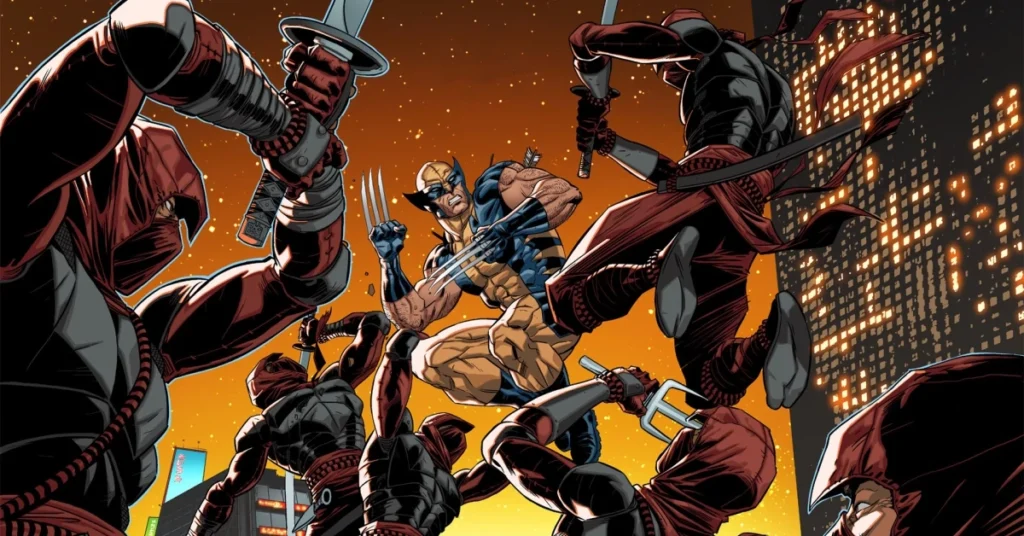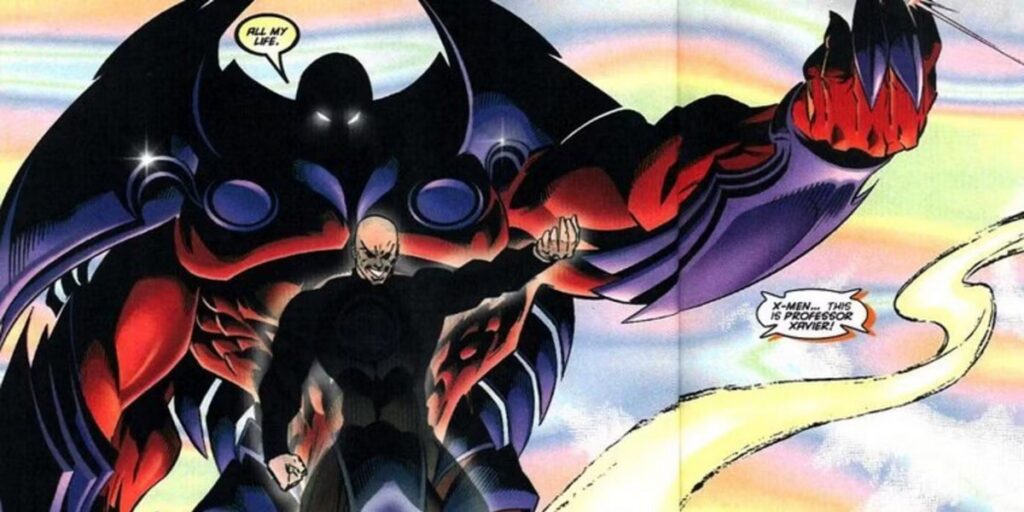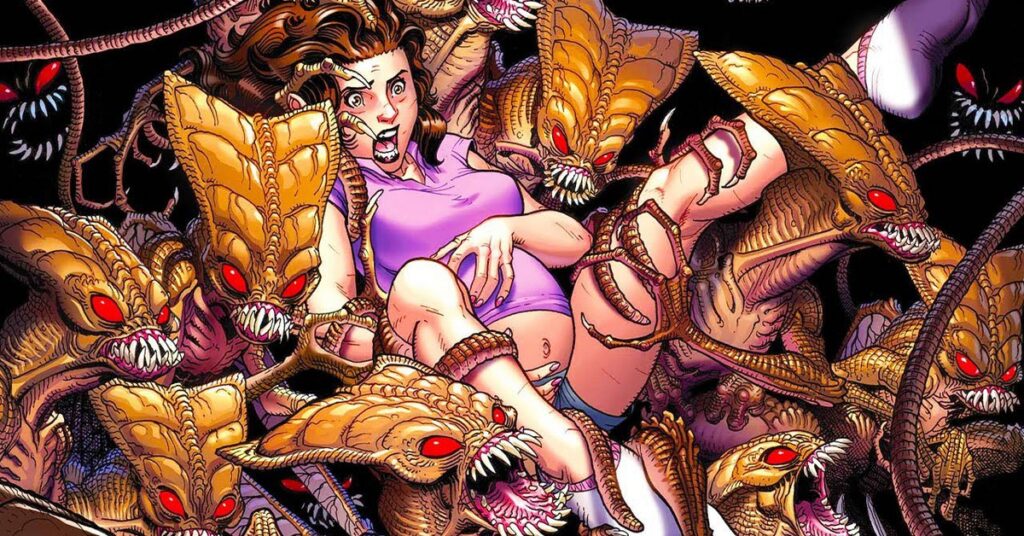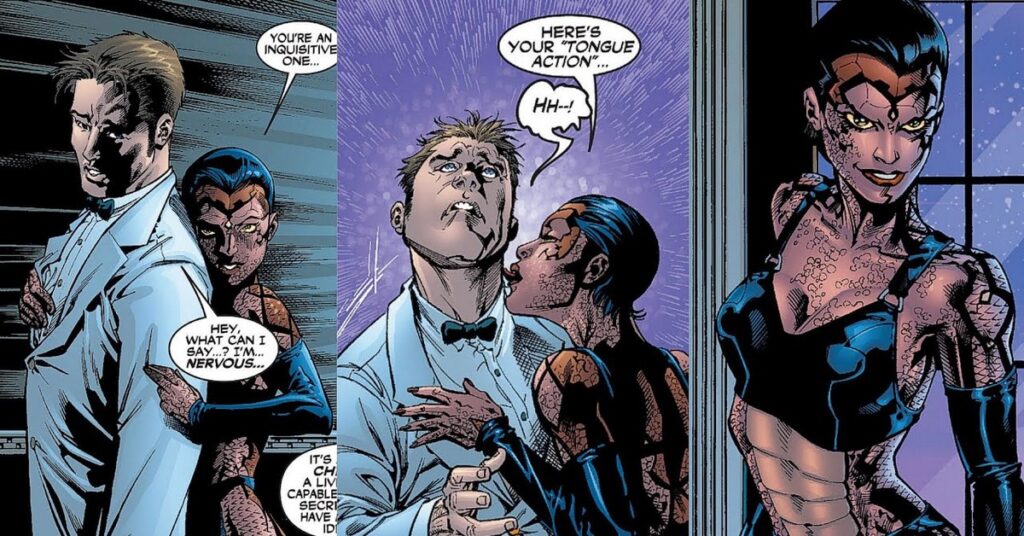
In our previous discussion about the potential introduction of the Savage Land in X-Men ’97, we mentioned that the new series introduced plenty of great stuff to both the existing audiences and those who are new to the animated world of X-Men. However, what about certain elements of the franchise that should be left out of the new animated series? Any franchise that’s as old as X-Men — first introduced in 1963 — is bound to have questionable storylines and occasional controversies, similar to that involving Rogue and Magneto.
Among the most notable examples is Wolverine’s time in Japan, which could pose narrative challenges for a Disney-backed series and could even trigger cultural sensitivities. Other stories, such as “The Brood,” “Onslaught,” and “Sins of Sinister,” often involve convoluted plots and controversial themes that don’t really align with the current direction of the X-Men ’97 storyline, making them unlikely to be adapted without significant changes to either of the stories and breaking Disney’s (sometimes stringent) ethical barriers. Here are five stories we’d be happy if X-Men ’97 bypassed:
The Wolverine

The 1982 four-issue limited series The Wolverine did introduce Logan’s formative years in Japan, and though many consider it a “must-read” story for Wolverine fans, the series wasn’t really a smash hit with the broader X-Men fanbase. The plot revolves around Wolverine traveling to Japan, where he becomes entangled with the Yashida Crime family, particularly through his love interest, Mariko Yashida.
Though the story depicts Wolverine’s struggles with his animalistic nature and his attempts to reconcile with his sense of honor and a samurai code, it also contains plenty of cultural stereotypes (many of which are either oversimplified or exoticized) and plenty of cultural appropriation. Not to mention, it also invokes the problematic white savior trope. Additionally, the sheer violence throughout the story, including the birth of Logan’s son, Daken, really pushes the boundaries of anything Disney has done so far with Marvel’s IPs.
Certain Savage Land Elements

As per our previous discussion (linked above), introducing the Savage Land to the series would be a delight, but there are certain elements that should be left out, such as Magneto/Rogue romance. The series already touched upon their romantic past, which primarily challenged the dynamics between a villainous character and a hero. Magneto is a rather complex antagonist, while Rogue, despite her villainous past, is typically aligned with heroes.
That opens up a whole new can of attraction and ideological conflict but also raises several ethical questions, particularly when it comes to the power dynamic between the two, Rogue’s struggle with her own powers, and layers upon layers of moral ambiguities that the relationship had. So, we won’t mind if Disney decides not to explore their relationship any further, in case they do decide to adapt the Savage Land into the future X-Men ’97 narratives.
The Onslaught Saga

The “Tolerance is Extinction: Part 2” episode saw the clash between Magneto and Professor X, after which Magneto ripped out adamantium from Wolverine’s skeleton. In the comics, Professor X used his abilities to render Magneto catatonic in response to Wolverine’s excruciating “de-bonement” (due to which he lost more than 100 pounds). However, this also meant absorbing some of Magneto’s intense negative emotions, which ended up combining with Xavier’s own repressed darkness, giving birth to Onslaught, a psionic entity that resides within Xavier.
Though he was initially dormant within Xavier and harbored the same animosity towards humans as Magneto did, the consequences of Onslaught’s eventual emergence made the fusion between two omega-level mutants realize that mutants were no better than humans when it comes to ignorance and hatred. This is a fantastic storyline, but it’s somewhat controversial as it adds a layer of moral ambiguity to Professor X and shows Magneto as a more sympathetic character. Not to mention that all of the contextual baggage could be difficult to adapt into an episodic animated format.
The Brood

The introduction of the extraterrestrial Brood into the X-Men comics also introduced body horror into the franchise, as the species became known for their brutal and violent methods of infection and reproduction. This involves implanting their eggs into their host’s bodies until said eggs hatch, fully consume the host and convert them into the members of the Brood. Most of the time, the hatchling will retain the memories of its host and develop the host’s abilities as it matures, which makes it particularly dangerous when infecting someone with an X gene.
In fact, due to their means of reproduction and inherent advancements to their own biology such reproduction brings, the Brood often seek out superior life forms to infect and use as hosts. However, the rather violent and grotesque elements associated with the Brood might be too much for Disney to adapt as it might limit the show’s appeal. Additionally, the idea of a monster emerging from one’s body is unsettling enough, and we don’t really need another Xenomorph as fuel for our nightmares.
Stacy X’s Backstory

After Miranda Leevald‘s powers manifested and she fled from her abusive family, she supported herself through sex work, mainly thanks to her powers, which involved secreting body-controlling pheromones. Namely, she secretes her own pheromones upon skin-to-skin contact. This allows her to stimulate the body functions of her partners and cause orgasms, vomiting, adrenaline rushes, etc. She ended up as part of the X-Men team, at least for a while, and her powers amplified to a degree that allowed her to launch her pheromones through the air and affect people without making physical contact.
However, her overt sexuality and background often created tension between her and other characters, and her background story carries plenty of sexual connotations and moral complications. This could be ill-suited for X-Men ’97, as the show is also enjoyed by children and those who simply want to watch a more traditional superhero series.
Final Thoughts
While it’s produced by Disney and Marvel Animation, X-Men ’97 is considered separate from the MCU, granting it a privileged position from which it can explore more controversial narratives without much consequence. However, some stories should be left out, if for no other reason than to protect the minds of the innocent watching this awesome series.









